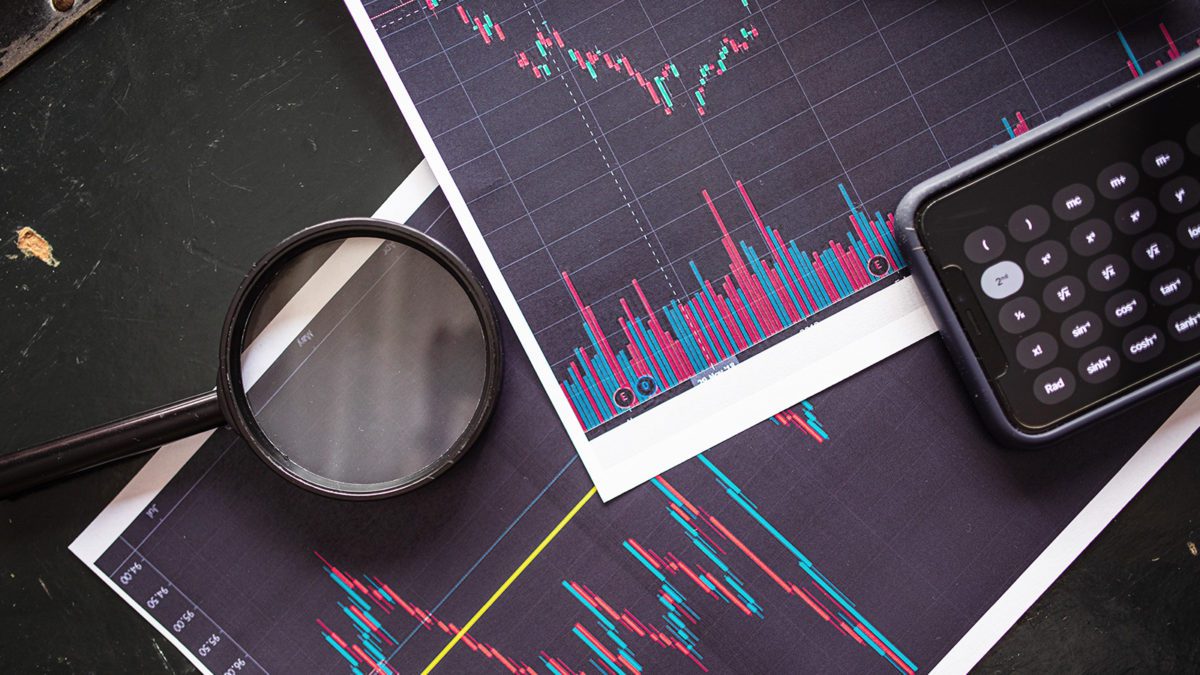What is really in the S&P/ASX 200 Index?
The S&P/ASX 200 Index, often referred to as the ASX 200, is considered to be one of the benchmark Australian indexes. It forms the basis of the fourth and fifth most popular exchange-traded funds on the market and is commonly used by fund managers to measure their relative performance.
Most will know what the index represents: the 200 largest companies with listings on the ASX, adjusted for daily volume and free float requirements. However, the composition, such as sector and company weightings, may surprise even seasoned investors.
The biggest company within the index is diversified mining conglomerate BHP Group (ASX: BHP) with a weighting of 10.6 per cent. The next two largest holdings are Australia’s largest bank Commonwealth Bank of Australia (ASX: CBA) with 7.8 per cent and biotech CSL Limited (ASX: CSL) with 6.4 per cent.
Together these three account for 25 per cent of the index.
The next eight companies: National Australia Bank (ASX: NAB), Westpac Banking Corporation (ASX: WBC), Australia and New Zealand Banking (ASX: ANZ), Macquarie Group (ASX: MQG), Woodside Energy (ASX: WDS), Wesfarmers Ltd (ASX: WES), Telstra Corporation (ASX: TLS) and Transurban Group (ASX: TLC) account for the following 24 per cent.
In summary, just eleven companies account for nearly half the performance of the index.
Financials (28.9%) and Materials (25.6%) dominate from a sector perspective. Smaller weightings are allocated to Healthcare (9.5%), Consumer Discretionary (6.5%), Real Estate (6.5%) and Industrials (5.8%).
Other notable features of the index include:
- The big four banks which include CBA, Westpac, NAB and ANZ, account for 19.1 per cent
- The big three iron miners BHP, Rio Tinto (ASX: RIO) and Fortescue Metals Group (ASX: FMG) account for 14.2 per cent
- The current price-to-earnings (P/E) ratio of the index is 16.5
- The indicative dividend yield is 4.3 per cent
Much of the index features listed thus far are well understood. Australia’s market is renowned for its heavy tilt towards mining, resources and big banks. But recent additions including Lake Resources (ASX: LKE) and Brainchip Holdings (ASX: BRN) – neither of which have any material revenue, let alone profits – have placed greater focus on the more speculative parts of the index.
Nine per cent of companies are unprofitable and reliant on public markets to support their ongoing survival. Much of the ‘value’ is attributed to what the company could be, rather than what it is today. In total, unprofitable companies account for less than two per cent of the index.
Independent of the small weighting, investors will question why such companies are included if they’re losing money (or not making any at all)? This index has no financial requirements, including revenue or profits. It relies on active investors to correctly value companies. The basic assumption is that if a company is big enough to warrant inclusion, then it should be of sufficient investment grade.
An investor looking for an index fund with only profitable businesses may look at a quality ETF that screens for earnings growth and stability. Equally, someone looking for an index with less concentration on banks and materials could opt for an equal-weighted fund.
It should be said that the overwhelming majority of companies included in the S&P/ASX 200 are profitable businesses with established operations and real profits. It’s a low-cost way to diversify your portfolio across a portfolio of quality ASX companies.
But like every index, it has pros and cons. It’s worth having a look under the hood of every index, in addition to regular “services,” to make sure nothing dramatic has changed.
Information warning: The information in this article was published by The Rask Group Pty Ltd (ABN: 36 622 810 995) is limited to factual information or (at most) general financial advice only. That means, the information and advice does not take into account your objectives, financial situation or needs. It is not specific to you, your needs, goals or objectives. Because of that, you should consider if the advice is appropriate to you and your needs, before acting on the information. If you don’t know what your needs are, you should consult a trusted and licensed financial adviser who can provide you with personal financial product advice. In addition, you should obtain and read the product disclosure statement (PDS) before making a decision to acquire a financial product. Please read our Terms and Conditions and Financial Services Guide before using this website. The Rask Group Pty Ltd is a Corporate Authorised Representative (#1280930) of AFSL #383169









